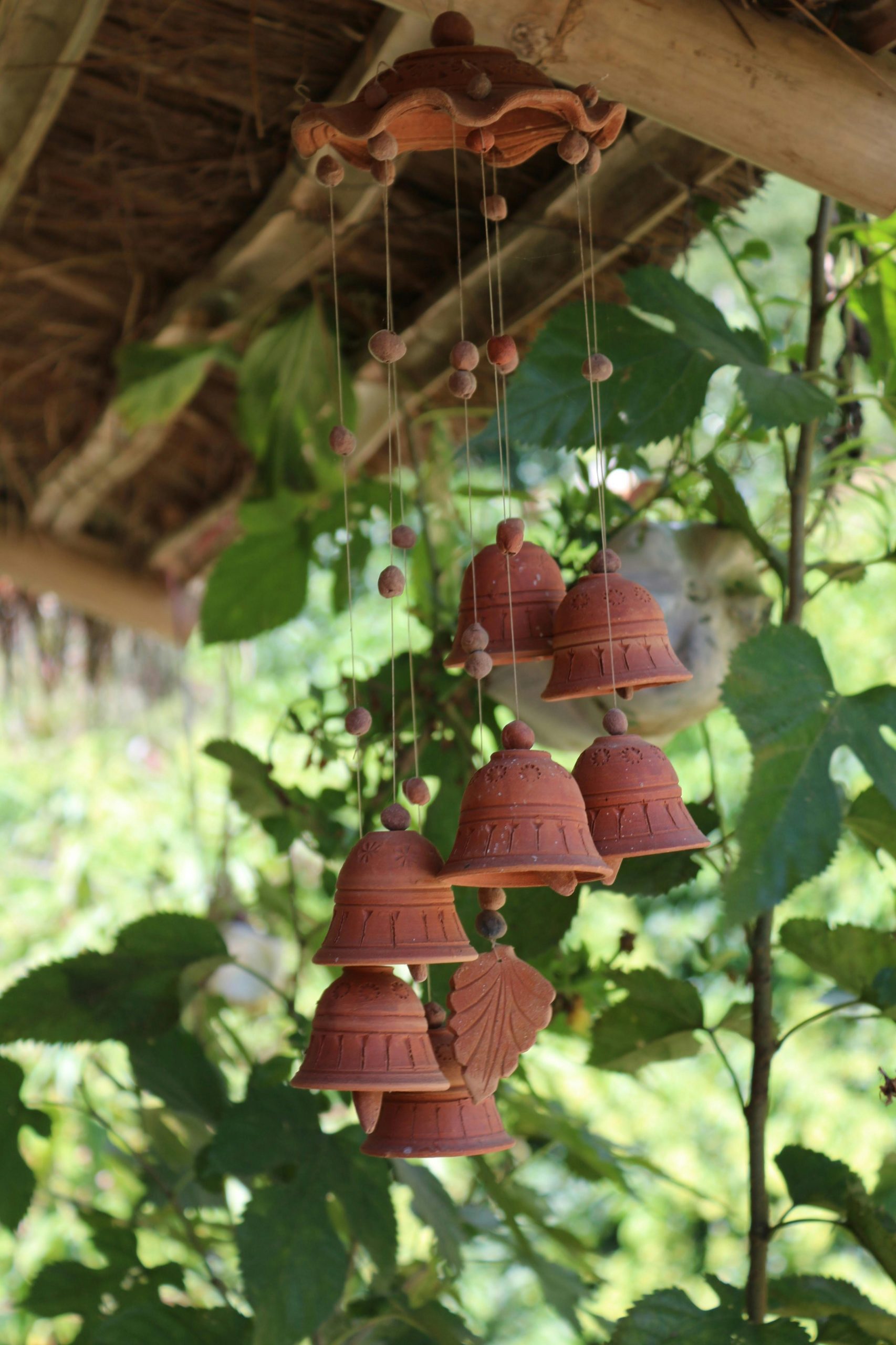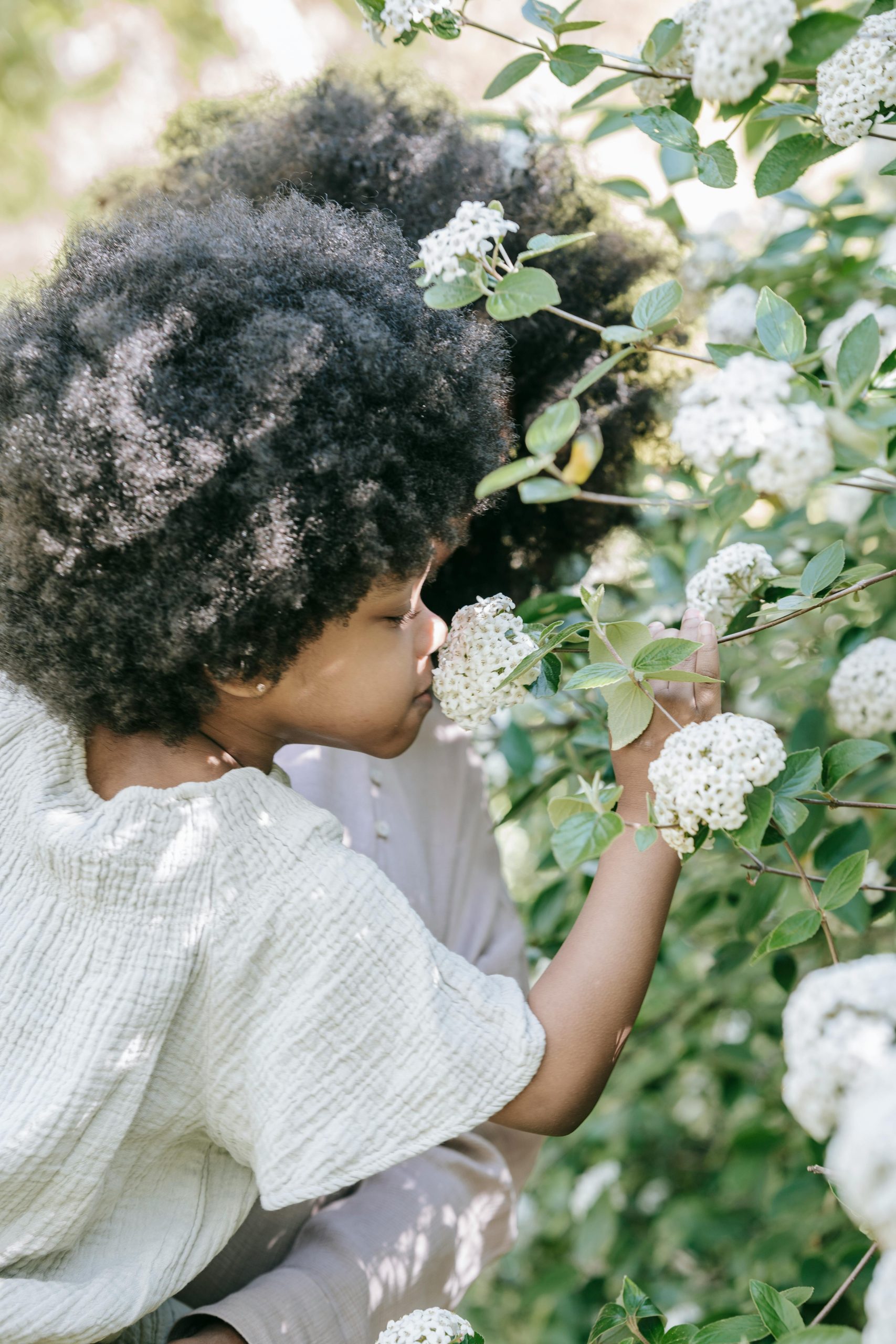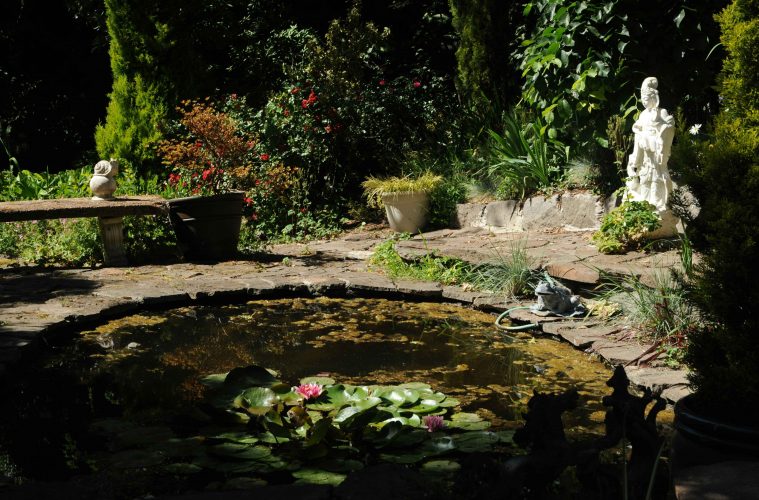A good sensory garden can appeal to all five senses. It is beneficial for developing young minds, but also as a memory booster. Sensory gardens can be enjoyed by individuals with various sensory experiences, including hearing, smell, and touch, enhancing their enjoyment of the garden.
What is a sensory garden?
Sensory gardens can help you connect with nature and tune into your surroundings in a grounding and restorative way. They also enhance accessibility for individuals with disabilities by engaging multiple senses. Sounds, such as rustling leaves and wildlife noises, play a significant role in a sensory garden. These auditory elements contribute greatly to the overall atmosphere, helping you to relax and feel at ease in and around your garden.
How to incorporate sound in the garden
The basic principles of sensory gardens rely on the appeals of our five senses and engage us in a full-body experience of the garden. From touch, smell, taste, sight and sound. Here’s how you can explore these principles:

Image Credit: Pexels
Adding water
Water features are an attractive addition to any garden. They are very useful in sensory gardens as they appeal to multiple senses. You can touch and feel the flow of the water, or watch as the water moves and listen to its sound. It already engages three vital principles of sense. You don’t need to get the most expensive water feature.
Noisy pathways
Movement in and around your garden can produce delightful sounds. The materials you select for pathways can significantly affect the auditory experience as you walk. Gravel pathways provide a satisfying crunch underfoot, while bark chippings and stones of various sizes contribute to the overall soundscape. You could use them to fill in empty spaces between flower beds or create little paths around the garden.
Attracting wildlife
Birds, bees and butterflies make a garden so much more enjoyable and are essential for sensory stimulation. Birds create bird songs that could be calming and uplifting noises for people to listen to. Bees will create their lovely natural background humming buzz.
Add textural plants
Touch is how most people experience sensation. Think textural plants that are soft, fuzzy, spiky, or rough. Select plants that are hardy enough to accommodate handling. Place your plants around your pathways, giving access to everyone, so they can feel the plants.

Image Credit: Pexels
A sensory garden is designed to engage people of all ages, backgrounds, and abilities. It aims to awaken the senses and evoke a variety of responses from different individuals. You have the freedom to personalise and design your garden to encourage meaningful interactions.
ALSO SEE: FEEL GOOD WITH GARDENING: EXPLORE ITS POSITIVE IMPACT ON HEALTH
Feel good with gardening: Exploring its positive impact on health
Feature Image: Unsplash

